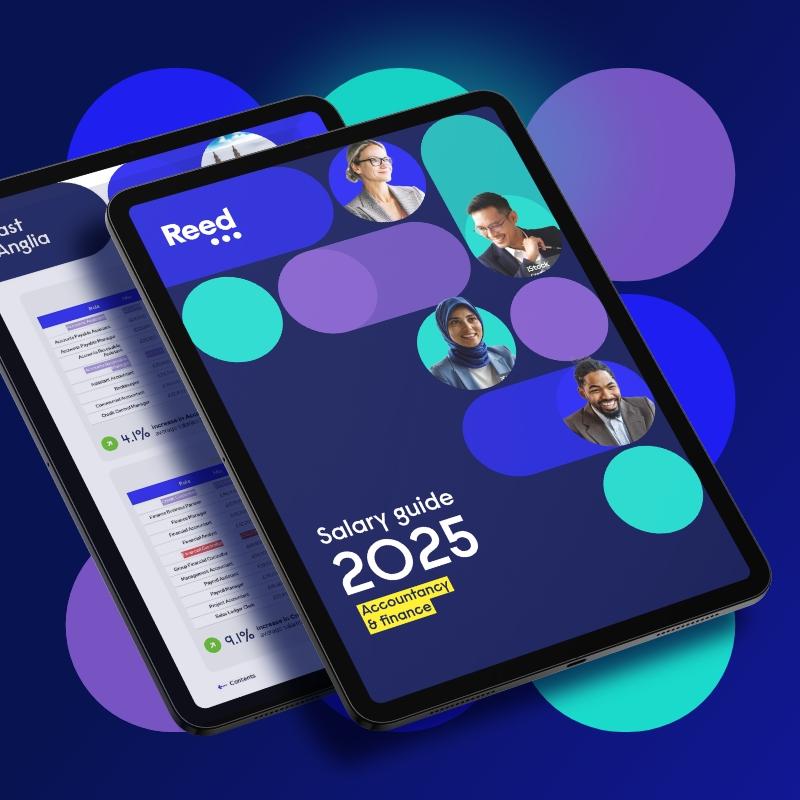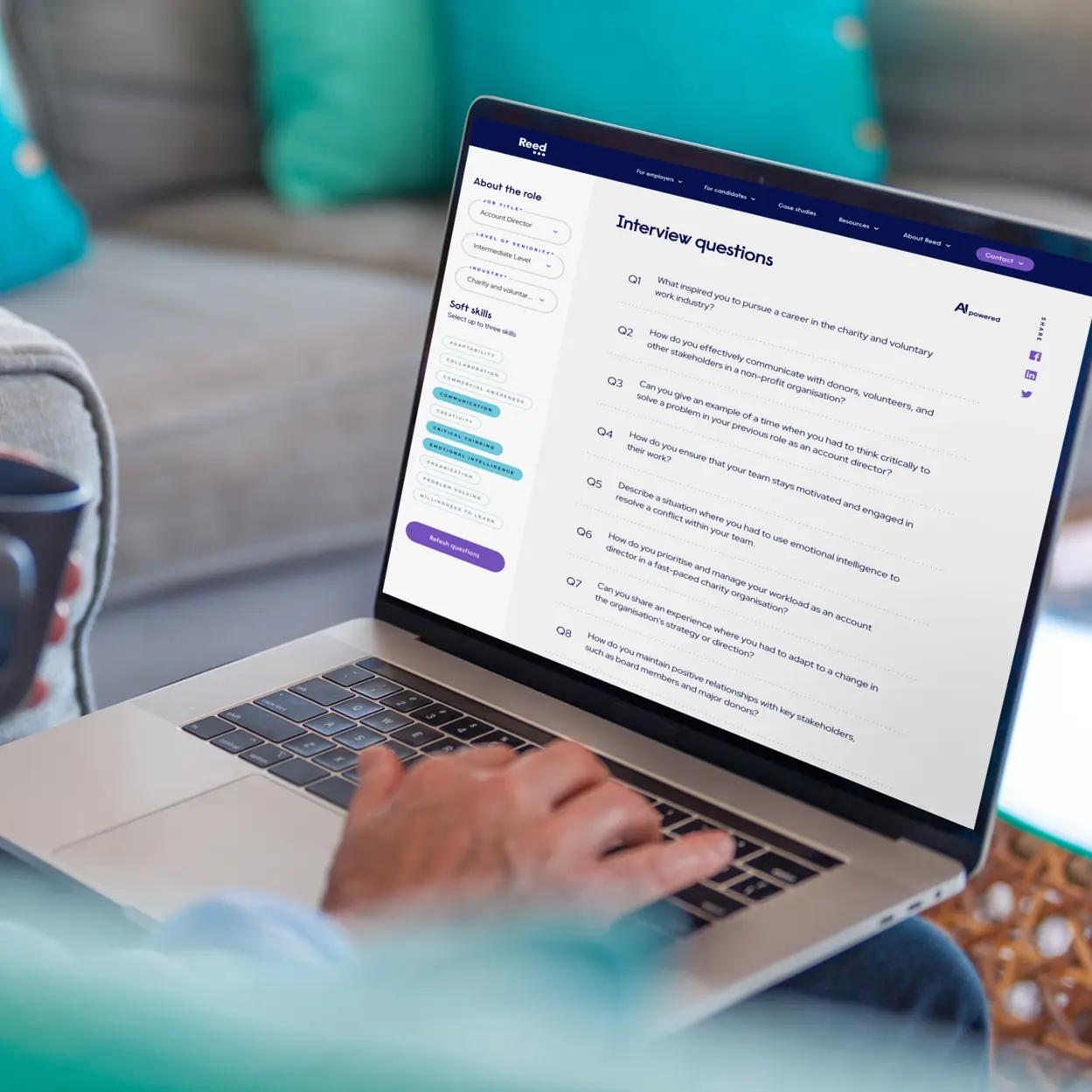Employee surveillance: the subject has something of George Orwell’s ‘1984’ about it. The rising dread of being watched, the perceived lack of trust, the pressure of always being ‘on’. But is it really as bad as it sounds?
The pandemic hastened the rise of surveillance technology for millions of office workers obliged to work from home throughout the lockdown restrictions. A hot topic in 2022, the contentious subject of employee monitoring rolls on as remote working continues – figures from the Office for National Statistics indicate that ‘hybrid’ home and office working patterns rose from 13% to 24% between February and May 2022, with more than 80% of employees who experienced home working in the pandemic wanting a hybrid format.
Workplace monitoring can take many forms, each varying in invasiveness: keystroke tracking, idle time, and video and audio surveillance. It is a legal activity in the UK and employers may have many legitimate reasons for the tracking of their staff. However, companies should have a clear objective for any surveillance and set boundaries that respect their employees’ right to privacy and remain compliant with the Data Protection Act.
Hayfa Mohdzaini, Senior Research Adviser at CIPD, suggests how employers and employees might best adjust to surveillance measures:
Q: Do you think employee monitoring software is more likely to erode trust between employer and employee than build it? How can it be shown by employers to be a positive development?
A: Monitoring software that employees see as intrusive and unnecessary are more likely to erode mutual trust in the employment relationship. Employers need to show how using the monitoring software can benefit employees while respecting their privacy. Employers have a right to monitor employees at work and don’t always need explicit consent. But where employees do have real choice on how their personal data is used in certain situations, employers should consider asking for their employees’ consent because it can improve engagement and encourage them to trust employers with more useful data.
Q. Is there any evidence/feedback that surveillance increases productivity?
A: Some mental health apps can analyse digital communication activities at work and predict employees who are at risk of burnout. By catching potential burnouts early, employers avoid costly sickness absences and encourage productive, sustainable working habits. To deal with the privacy concerns, what some employers have done is give their employees the choice to opt in for their activities to be analysed by the app. Only employees can see their own mental health scores and personalised recommendations on the app. Employers only see aggregated scores by department, age and so on and cannot identify individuals.
Q: How could bosses/HR teams integrate surveillance software? Should they notify staff in writing about what they’re doing, or does it depend on the level of surveillance? And, is it really ethical?
A: Go back to first principles – is the monitoring necessary and if so are there are less intrusive ways of doing it? Employers have the right to monitor their employees at work but not in private spaces like toilets. The government says that employers must tell their staff in writing what activities are being monitored, why it’s necessary, and outline boundaries of acceptable behaviour.
Q: What would you recommend bosses do to decrease the level of anxiety remote monitoring can cause?
A: Bosses need to have honest conversations with their team about what are considered acceptable and unacceptable behaviours so that everyone is on the same page, and they also need to role model those agreed boundaries. Let’s say it’s agreed that it’s okay to take a longer lunch break to do errands. Do they need to make up the time on the same day? How long can their extended lunch break be and when do they need to be back by? Do they need to check with the boss in advance or is it okay to just note it on their work calendars, so they’re not double booked for meetings?
Q: In the two years since you wrote 'Employee monitoring: what's acceptable?' what progress do you think has been made regarding monitoring procedures?
A: The topic regularly appears in the media so I’d hope more bosses have become aware and are periodically reviewing monitoring procedures.
Q: Are certain sectors using this software more than others?
A: The CIPD technology survey 2022, in partnership with Hibob, shows the use of task management and time tracking software are most common in the private services sector. Look out for our analysis of the findings on managing remote and hybrid workers on the CIPD website in the coming months.
Q: Are you aware of UK firms letting certain staff go as a result of this technology, or employees building cases against their employers for unwanted monitoring/unfair dismissal?
A: Monitoring software is a broad family of apps that do very different things. It’s common for employers to have an IT policy telling employees that their web browsing activities on company-owned IT equipment are monitored and employees have been dismissed for breaching this policy. For example, a facilities assistant who overstepped their employer’s IT policy was dismissed for excessive internet browsing. The employee had served more than 20 years at the UK company, but nevertheless, it was deemed their “substantial” level of non-business- related internet usage over a period of one month amounted to gross misconduct because it “showed contempt for the trust placed” in her.
Q: Do you think UK employers are more hesitant than US firms to use this technology?
A: Fortune Business Insights’ research finds that firms in North America including the US are likely to dominate the employee software monitoring market. The companies in this region are reportedly driven primarily by the increasing cases of employee fraud and internal data theft, as well as the need to keep up with the trend of remote working. In 2020, a report showed that almost a third of corporate bankruptcies were connected with employee fraud, highlighting the potential for advancement in monitoring technology to be led from across the Atlantic.
In conclusion
While companies are keen to keep tabs on their workforce, measures are widely felt to have a negative impact on some employees, who may see it as a cause for added stress and anxiety. Even the most conscientious workers might feel guilty or pressured about straying from their remote desks, when in an office environment no one would bat an eyelid.
It could be argued, as well, that if you’re working you have nothing to worry about, and that perhaps, in time, most employees will accept surveillance as part and parcel of working remotely. After all, if productivity falls owing to a staff member being away from their desk for long periods, this would become an issue in the workplace as well as at home.
Some workers are reportedly taking measures to outfox the surveillance software with gadgets that show them to be active at their computer while they’re absent – but this type of negative action can surely only lead to further stress and deteriorating boss-employee relations.
In our modern society, we’re continually monitored in some way for different reasons, from our shopping habits to high street CCTV. So the question is, shouldn’t we expect and accept that surveillance will eventually filter into our working lives as well?
Download our free eBook 'Employee monitoring: a guide to best practices' for more tips and advice on how to best support your team.





